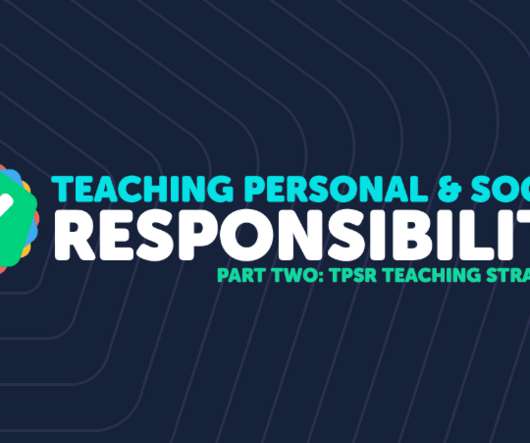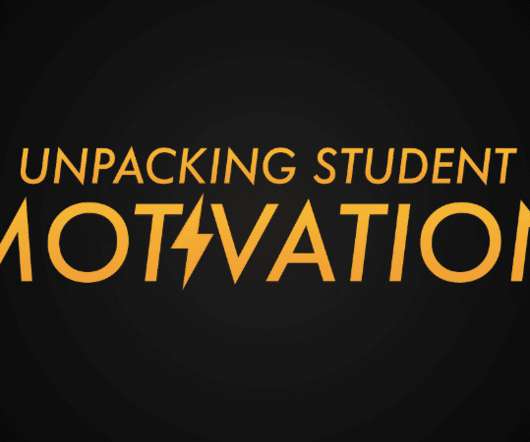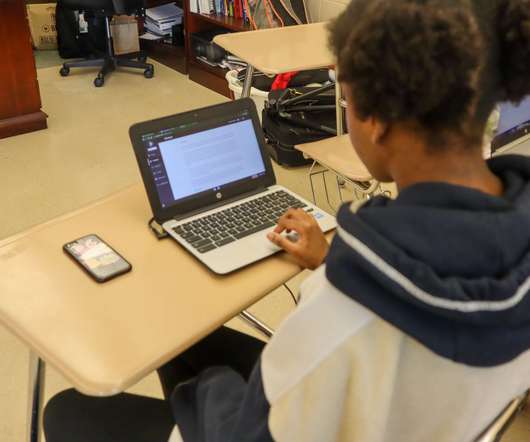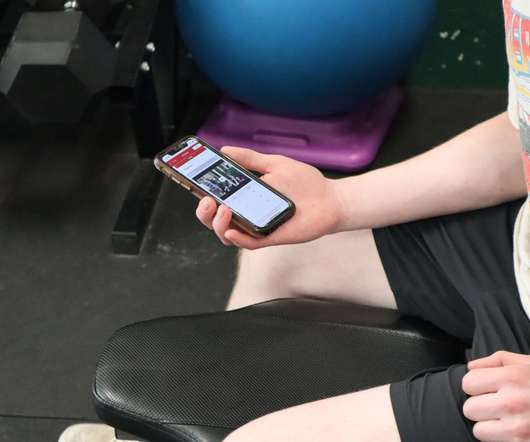Teaching Personal and Social Responsibility in Physical Education (Part Two)
The Physical Educator
MARCH 26, 2022
This is part two of my three-part blog post mini-series on the Teaching Personal and Social Responsibility (TPSR) model. Part Two: Nine Teaching Strategies That Support TPSR In The Classroom. It’s important to remember that our students are always learning from us, both inside and outside of the gym.











Let's personalize your content